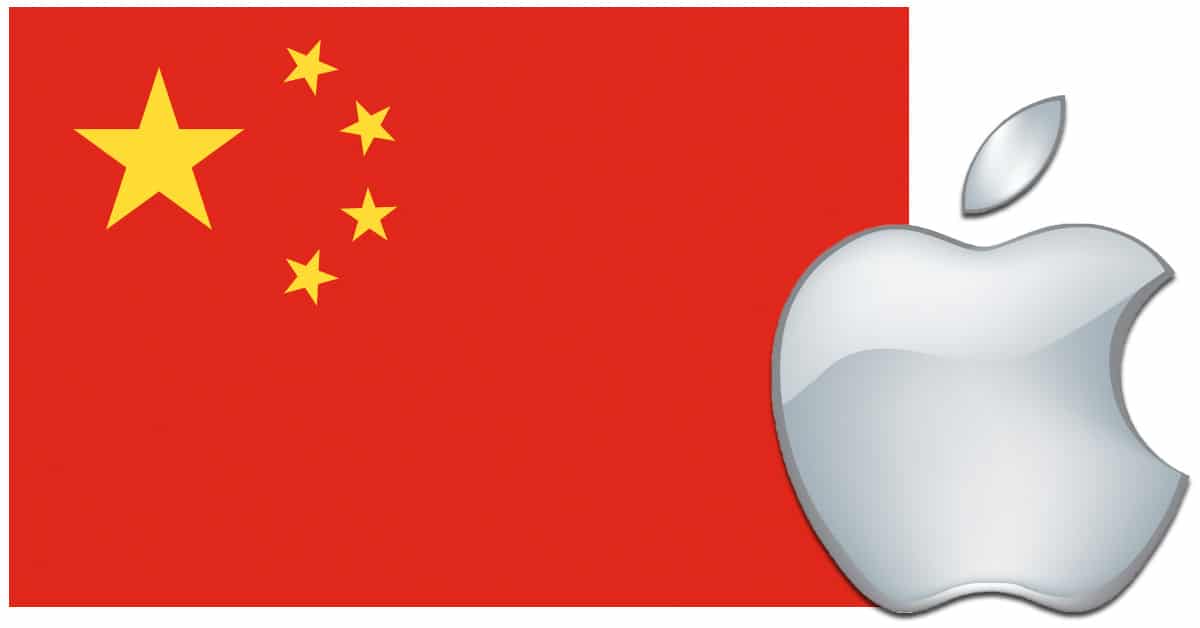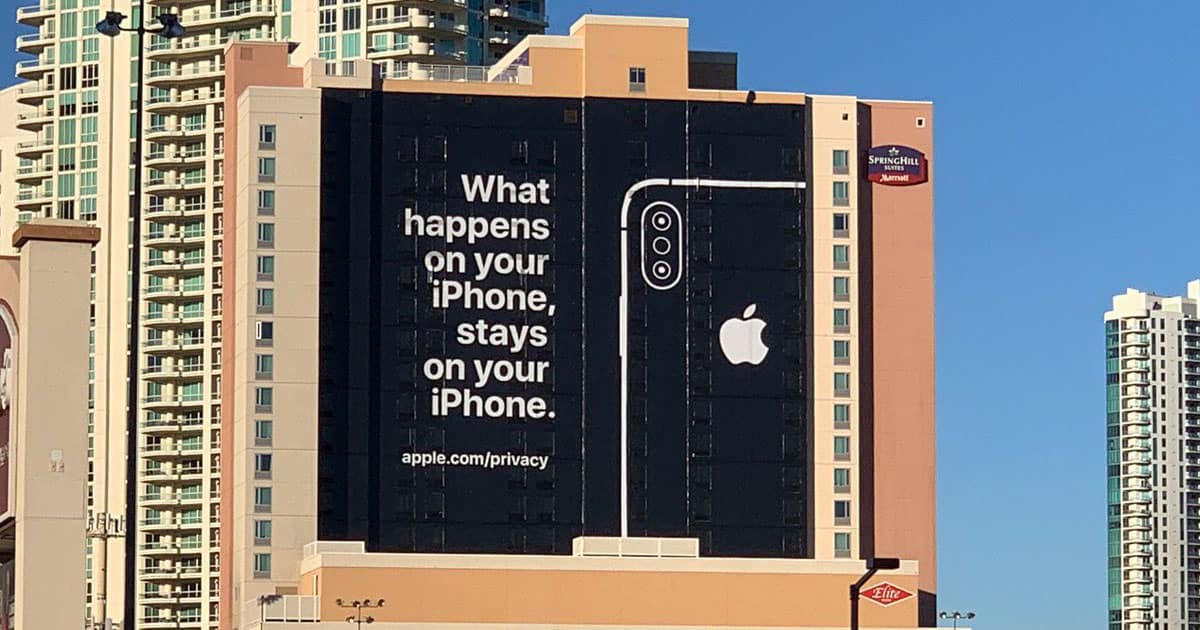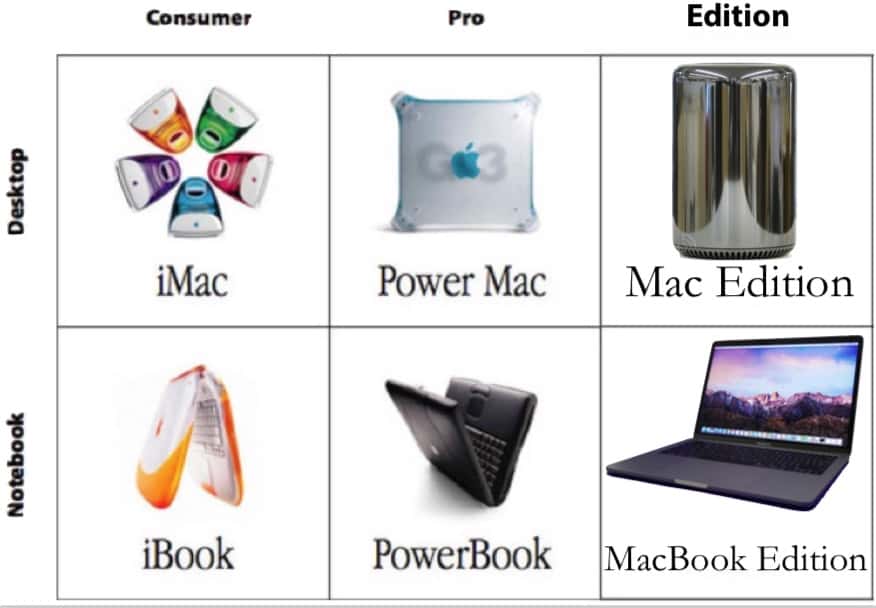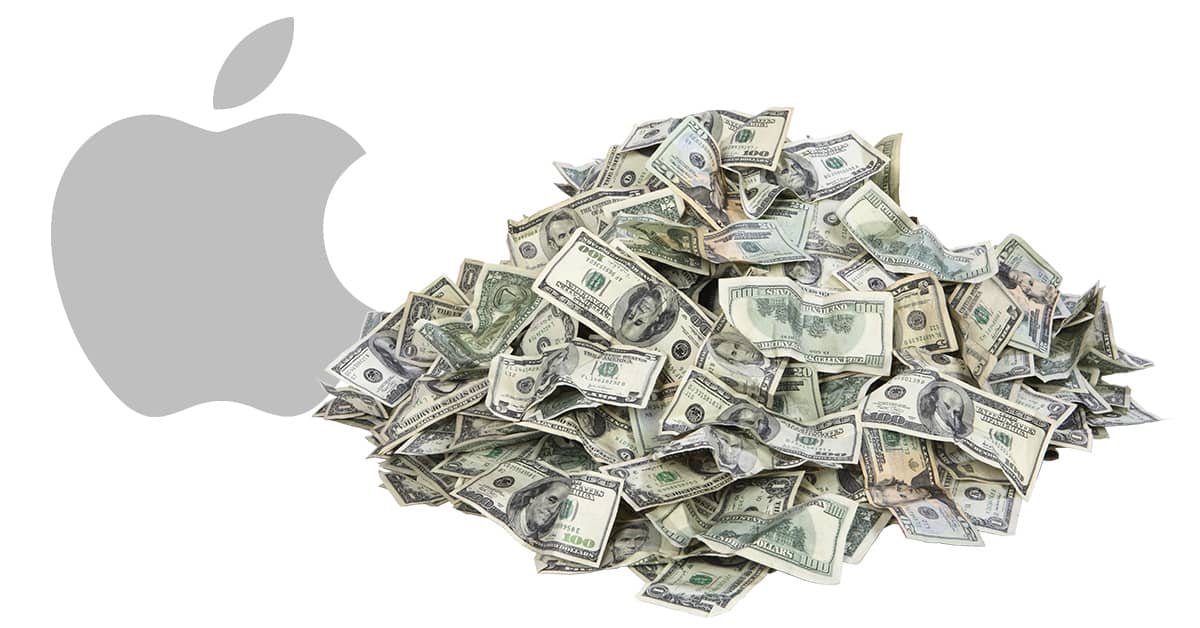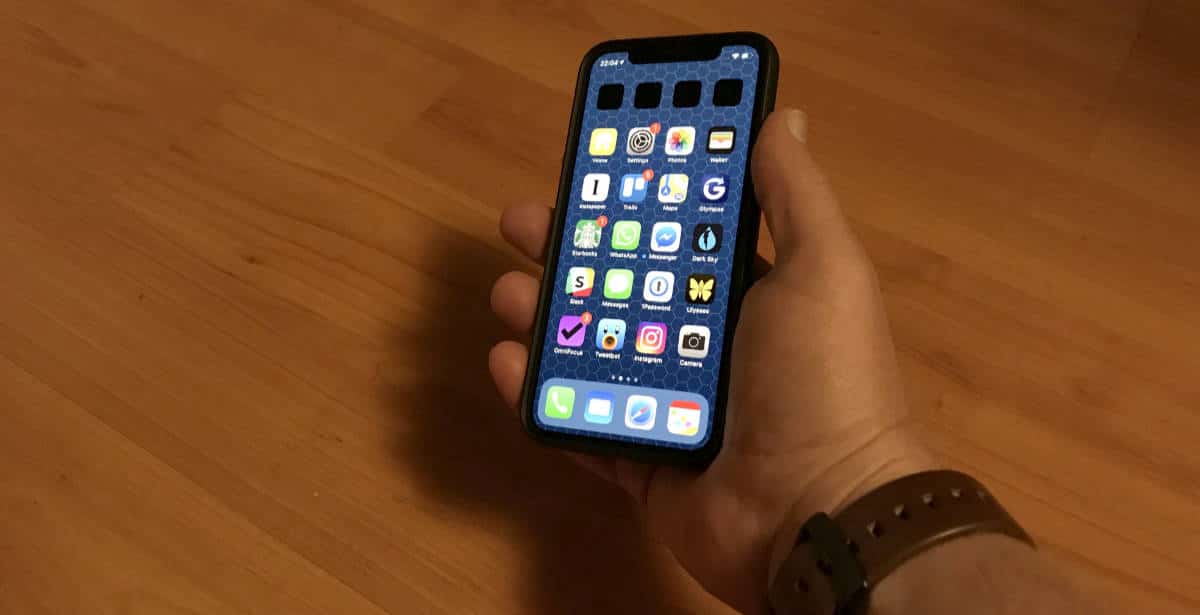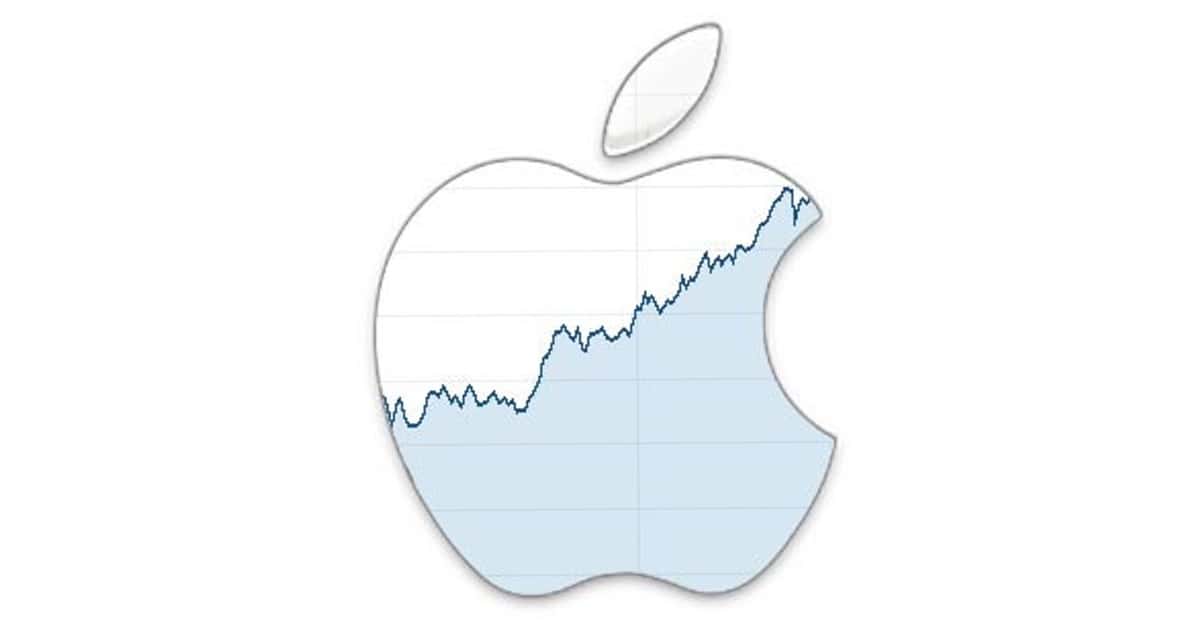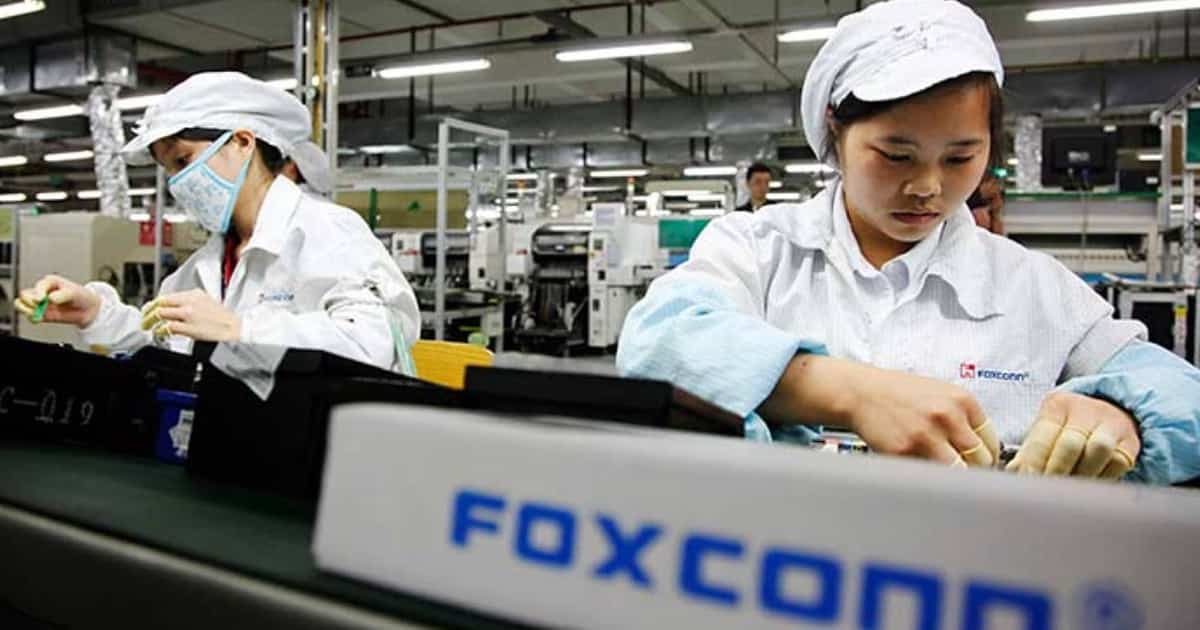Charlotte Henry and Andrew Orr join host Kelly Guimont to discuss Wi-Fi’s effect on health and the state of the Apple/Amazon relationship.
Apple
HomePod Coming to China and Hong Kong January 18
Apple’s HomePod is finally going to make it to Hong Kong and mainland China, nearly a year after it was originally released.
Tim Cook Is a Failure at Operations
Operations are supposed to be what Tim Cook does best. Under Steve Jobs he was the Chief Operating Officer at Apple. And while he may have done a great job there, he is a failure at it as CEO.
New Priorities led to Amazon and Apple's new Partnerships, but the Peace won't Last Forever
Apple and Amazon have taken a more collaborative approach recently, does not amount to a full-blown, long-term partnership.
Here's an Apple Infographic of Product Made So Far
The folks at TitleMax shared a cool Apple infographic that lists every (or most) Apple product made so far.
We’ve created this innovative look back at all Apple products to list off each incredible marvel by year, from super-successful, like the company-saving iPod, to the duds like the Apple Bandai Pippin. In our Apple timeline, you can see how much the company changed and how a few pivotal moments have revolutionized the entire technological world.
CES - VLC Adding AirPlay Support, Hits 3 Billion Downloads
Popular media player VLC will shortly add AirPlay support, it also surpassed 3 billion downloads during CES 2019.
Apple Researching Connected Clothing
Apple is researching connected clothing that could link to your iPhone and other devices, according to a new patent. AppleInsider reported that the patent, filed Thursday, was titled “Fabric with Electrical Components.” It seems likely that any product that did emerge from this work would focus on health monitoring. On Tuesday, Apple CEO Tim Cook again emphasized how important he considers the company’s work in this field. He told CNBC that it is Apple’s “most-important contribution to mankind.”
A patent application from Apple published by the United States Patent and Trademark Office on Thursday titled “Fabric with Embedded Electrical Components” attempts to work around the problem by describing how fabric-based items could be created, with the fabric itself being the connectivity method. The core of the idea resides with the fabric, in that it is woven together with conductive and insulating yarns. The conductive yarns reside in the inner layers of the weave, while the insulating yarns on the outside prevent any undue contact with the conductive versions.
Apple's Lame Emphasis on Services, 8K TVs Are the Future, with John Martellaro - ACM 496
Bryan Chaffin and John Martellaro hear Apple CEO Tim Cook talk up services and they explain why it makes them nervous. They also talk about the future of 8K TVs and how they will inevitably take over the industry.
Apple Hired Former Facebook Privacy Employee Sandy Parakilas
Mr. Parakilas worked at Facebook for 18 months before leaving in 2012. His job was to monitor Facebook developers and their compliance to the privacy policy.
Plex Might Soon Offer Movies and Subscriptions
Video company Plex might soon be offering ad-supported movies and subscriptions to take on Apple, Roku, Amazon, and others.
TV's Role in Apple's Services Strategy
The announcement yesterday that Samsung TVs will get a new iTunes Movies and TV Shows apps is a big deal. As is the news that Samsung, VIZIO, Sony, and LG are going to integrate AirPlay 2 into their TV offerings. I made that case on TMO Daily Observations on Monday. Pete Kafka at Re/Code has a really incisive piece of analysis looking at the fallout of the Samsung announcement. He lays out how Apple is moving into becoming a services company, or at least how it is making its services business more important, and how TV is part of this strategy.
The obvious and accurate takeaway is that Apple has conceded that Apple TV, the device that was supposed to help it own the living room, isn’t succeeding — it trails Roku, Google and Amazon in streaming market share — and that Apple needs to be on more devices if it is going to sell more services — which is its plan to combat slumping iPhone sales.
Apple's Public Billboard at CES: 'What Happens on Your iPhone, Stays on Your iPhone'
I heart this so much. There aren’t enough emojis in the world to describe how much I love Apple’s giant message to CES: “What happens on your iPhone, stays on your iPhone.” It’s on a massive outdoor sign hanging on the side of a ::checks notes:: Marriott…wait, is Apple trolling Marriott, too? Fitting, if so. Whatever, the target is ostensibly Google, Facebook, Amazon, Android, and the myriad of companies whose customers are the product. And that message is being delivered to CES in Las Vegas, a show Apple doesn’t bother to attend. Chris Velazco of Engadget tweeted the first image I could find (below), and Mashable‘s Adam Rosenberg pitched it as, “Apple spent money to publicly troll everyone else’s privacy issues at CES.” Again with the feels, Apple. Thanks for brightening my day.
Apple never shows up at CES, so I can’t say I saw this coming. pic.twitter.com/8jjiBSEu7z
— Chris Velazco (@chrisvelazco) January 4, 2019
A Deeper Analysis of Apple's Mini Crisis
Sometimes, well almost always, it’s good to wait awhile after Apple encounters a crisis of some sort and not get swept up in the venting, rage and fury. Later, cooler, experienced heads weigh in. This time it’s Ben Thompson at Stratechery. “As rare as last week’s Apple revenue warning from CEO Tim Cook may have been — the company last issued a revenue warning in June 2002 — the company has had other bad quarters in the iPhone era.” This is great analysis, worth reading.
Will Apple Focus on Innovating and What Would Mac Spinoff Look Like, with John Kheit - ACM 495
Bryan Chaffin and John Kheit chew on Apple’s rare guidance warning like the mangy junk yard dogs that they are. They also discuss innovation, scale, how a giant Apple should be structured, and what a Macintosh, Inc. spinoff might look like. It’s a rollicking episode, and you’re cordially invited to listen in!
Apple is Better Placed than Most to Ride Out a Tech Downturn
Despite the events of this week, in which Apple offered a revenue warning and saw its share price take a hit, the company is better placed than most other tech firms to ride out an economic storm. That’s the view of Tim Culpan, who ran the numbers for Bloomberg News. While we’ve heard warnings about the tech bubble bursting for years now, the piece certainly helps give some useful context to recent events.
When I first ran the numbers on a selection of nine companies — a mix of branded electronics, product assemblers and chipmakers — I concluded that the decade-long tech party looked headed for a nasty hangover. I’ve now added September-quarter figures to the same analysis, which includes inventory levels, turnover and cash conversion cycles. The situation is even uglier than four months ago. Apple’s warning this week that it won’t meet revenue guidance proves the initial concerns to be true, but it’s only a small part of the industry’s woes.
Apple Services are Where the Growth is Now
After some rough financial news, Tim Cook is reassuring investors that Apple isn’t done growing by highlighting Apple services.
Step back from the gyrations of the moment, and there’s an emerging strategy for Apple: Sell fewer iPhones and assorted devices such as Macs and iWatches at a higher price than mass-market rivals, and then flood those millions of users–who have more than average disposable income because they were able to afford those devices in the first place–with apps and content that they will pay for.
I expect big improvements in Apple services in the future. Better iCloud storage, an Apple News content subscription (which I will happily pay for if it means no longer needing to visit ad tracking-riddled websites), an Apple video subscription, and more.
Apple Needs to Expand Its Product Grid to Include an Edition Category
Designers would win by being able to make more focused and less compromised designs; consumers would win with more choices; Apple would win with greater focused products, more revenue, better margins, and better market share.
Analyst: Apple Miss 'Bigger than Expected'
Wall Street was unimpresed by Apple’s December Quarter revenue shortfall, and analysts raised concerns about China and pricing.
iOS 12 is Installed on 75% of Apple Mobile Devices
75% of all Apple mobile devices run iOS 12. The latest version of Apple’s mobile operating system had a faster take-up rate than iOS 11.
Roku Reveals Premium Subscription Plan Similar to Apple's
Roku announced a premium subscription that will mix free and premium content in a manner similar to what Apple is reportedly developing.
The Pornification of Software and Grading Apple's 2018 Products with John Kheit - ACM 494
Bryan Chaffin is joined by John Kheit to discuss what Mr. Kheit calls the pornification of software. They also look back at and grade Apple’s new product releases in 2018. It being these two, they are surprisingly upbeat, while still being cranky as can be.
Apple will Outperform other FAANG Stocks, Analyst Predicts
Apple stock will outperform its major competitors in 2019, even in the face of an economic slowdown, according to a top analyst.
Foxconn Could Manufacture iPhone X in India from 2019
Foxconn could start assembling top-end iPhones in India as early as 2019 – it would be a significant increase in Apple’s business there.
Recent, Notable Guests on TMO's Background Mode Podcast: Jeff Gamet, Dr. Kiki Sanford
John has had some very interesting and inspiring guests on his Background Mode podcast recently. Here are a few in case you missed them.


